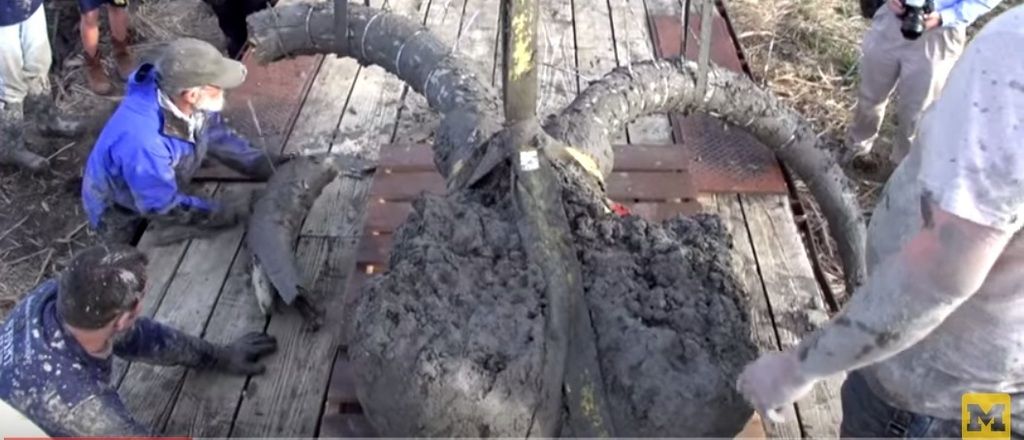Mammoth remains discovered, hints at role of early humans
Digital Reporter
Saturday, October 3, 2015, 5:15 PM - Scientists recently dug up the remains of a nearly complete mammoth skeleton in Michigan, which has spawned insight into the lives of early humans living in the area.
The mammoth is believed to have lived between 10,000 and 15,000 years ago and was more than likely hunted by humans who butchered and stored the meat during winter when food was more scarce, according to University of Michigan professor Daniel Fisher.
A soybean farmer was installing a drainage pipe when he made the surprising discovery in a field located southwest of Ann Arbor.
An excavator and a team of University of Michigan paleontologists were able to recover about 20 per cent of the animal's bones, including the skull, two tusks, pelvis, both shoulder blades and numerous vertebrae and ribs, according to a University of Michigan press release.

"We think that humans were here and may have butchered and stashed the meat so that they could come back for it later," Fisher said in the release.
![]() RELATED:New human-like species changes our family tree. See it here
RELATED:New human-like species changes our family tree. See it here
About 300 mastodons, another elephant-like prehistoric creature, and 20 mammoths have been discovered in Michigan over the years.
"We get one or two calls like this a year, but most of them are mastodons," Fisher said.
Evidence to support the claim that early humans were inhabiting the area include three basketball-sized boulders recovered next to the animal's skeleton. Fisher believes the boulders were used to pin down the carcass in a pond. A stone flake was also discovered beside one of the tusks which may have been used as a cutting tool, the release reads.
The bones will need to be washed and examined for cut marks that may indicate butchering.
The timing in which humans arrived in the Americas remains a topic of debate among archaeologists.
Source: University of Michigan



